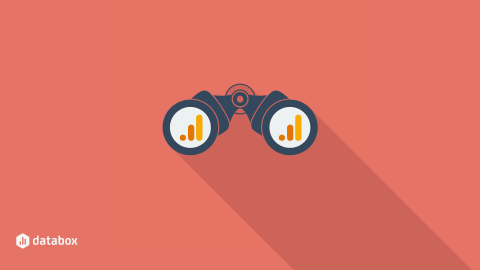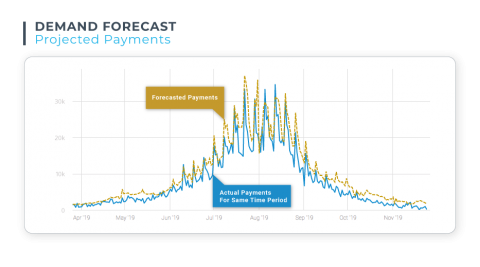Analytics
Introducing Apache Spark on Docker on top of Apache YARN with CDP DataCenter release
Bringing your own libraries to run a Spark job on a shared YARN cluster can be a huge pain. In the past, you had to install the dependencies independently on each host or use different Python package management softwares. Nowadays Docker provides a much simpler way of packaging and managing dependencies so users can easily share a cluster without running into each other, or waiting for central IT to install packages on every node.
Three Trends in Cloud Computing to Expect in 2020
A new year is upon us and that means it’s time to look ahead to what’s coming next. In cloud computing, organizations are going to be making adjustments in 2020 – to accommodate overstrained budgets, new regulations, and shifting technologies. It will be a year of identifying what’s not working and moving toward the right solutions. Let’s take a look at three trends that will impact cloud computing across all industries in the coming year.
From GDPR to CCPA, the right to data access is the achille's heel of data privacy compliance and customer trust - Part 1
In December 2019 we released the second edition of our data privacy benchmark, and this year again, results are shocking: 18 months after GDPR came into force, 58% of surveyed companies are not performing with data privacy. The issue relates to the right of access, which gives individuals the right to obtain a copy of their personal data.
18 Google Analytics Custom Dimensions for Drilling Down Into Your Website's Performance
The Key Principles of a Successful Time Series Forecasting System for Business
An emerging field of data science uses time series metrics to develop an educated estimate of future developments in business such as revenue, sales, and demand for resources and product deliverables. A forecast is based on historical data of a given metric plus other relevant factors. Accurate forecasts are an important aspect of corporate planning.
15 Proven Ways To Reduce Your Average Support Ticket Response Time
Data privacy hidden gems in Talend Component Palette: Part 2
Data Privacy is becoming the main buzz word in technical circles day by day. Sometime back, we thought that illegal gathering personal identifiable information from data servers can happen only in James Bond and Mission Impossible movies. But technology is changing quite rapidly and in this era of global virtual connectivity, customer private information is becoming more and more insecure. The news of customer data getting misused by data analytics companies, data theft from major banks, etc.
The Top 10 Anomalies of the Last Decade
As a company known for our anomaly detection, we know a thing or two about spotting irregularities. So as we reached the end of 2019, we couldn’t help but think back on the 2010s and the anomalies that shook the world. Once we got to listing them, it really became tough to pick just 10. Ultimately, after much debate, we ranked them based on their impact, newsworthiness and how utterly unexpected they were.
Finally, a BI dashboard built for the business user's end game
Business users haven’t adopted the dashboard wholeheartedly. Some of that is history, some of that is data illiteracy, and some of that is the fault of dashboard platforms themselves - how and who they’re designed for.









